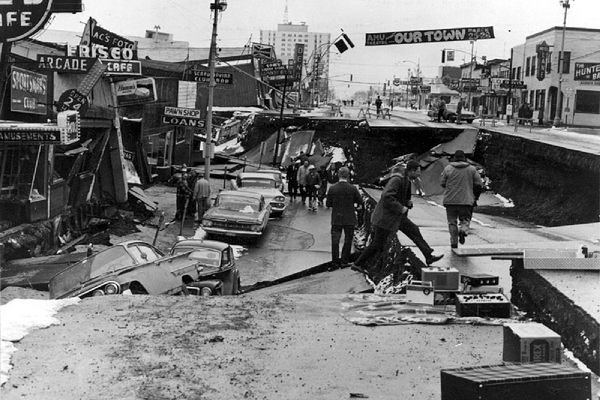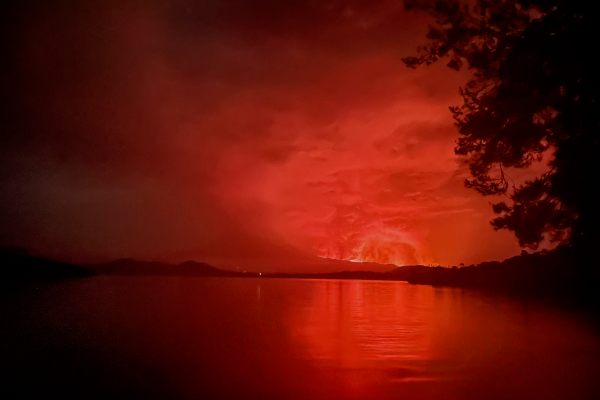A Landslide Was the Culprit Behind a Massive Tsunami in Greenland
This could be just the beginning.
Western Greenland doesn’t experience all that much seismic activity, so scientists were surprised when a 4.0 magnitude earthquake was recorded in the Karrat Fjord area on June 17, followed by one of the largest tsunamis in recorded history, which swept away 11 houses in the small village of Nuugaatsiaq. A closer examination of seismic data and the mountains surrounding the fjord reveals that it wasn’t an earthquake that caused the tsunami after all. Instead, it was a massive landslide that tripped seismic sensors and generated the unprecedented wave.
The landslide was a whopping 3,200 feet across and 1,000 feet tall. When it crashed into the fjord below, it displaced 300 feet of water. Across the fjord—nearly four miles away—the water rose by 164 feet. This places it among the tallest tsunamis in history. By comparison, the earthquake-generated tsunami that hit Indonesia in 2004 was 50 to 100 feet (though it struck a much larger area).
Local authorities anticipate more landslides, so residents of three villages on the fjord have been evacuated. Tsunamis caused by landslides tend to be relatively localized. Scientists are now trying to learn about what caused the landslide with 3D modeling. As the climate warms, these landslides could become more common, so understanding the forces at work on Karrat Fjord can help save lives down the road.























Follow us on Twitter to get the latest on the world's hidden wonders.
Like us on Facebook to get the latest on the world's hidden wonders.
Follow us on Twitter Like us on Facebook